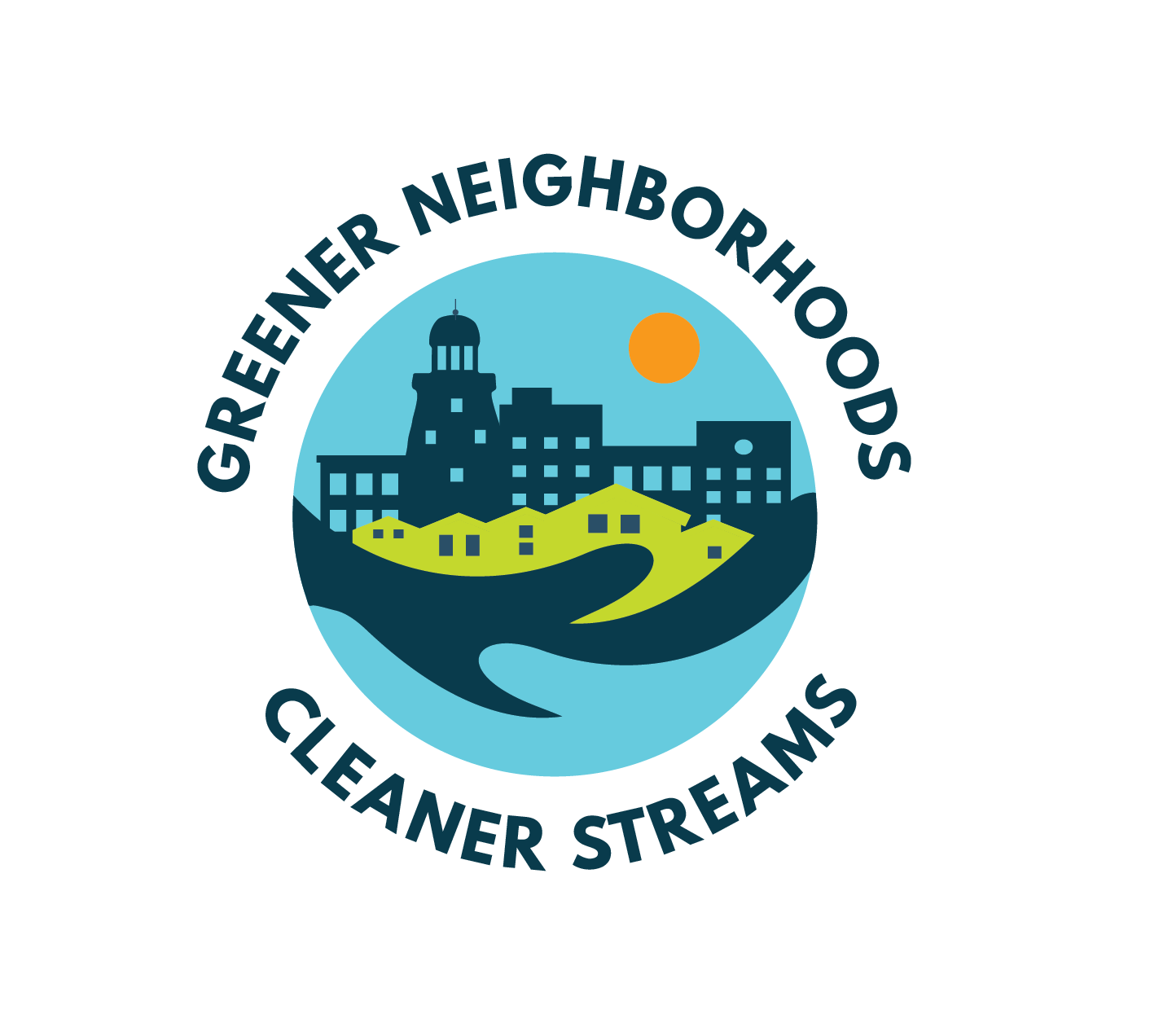Pollution Profile: Road Salt & Sand
 While road salt & sand may seem harmless enough, these two things we use to keep us safe in the winter can lead to many problems in the spring when the snow melts. Snow melt and rain water become stormwater when they land on roads, driveways, and paths. Stormwater can carry your road salt & sand into stormdrains and ultimately our waterways.Road salt is made of sodium and chloride but can contain more harmful ingredients as well. Metals and chemicals like aluminum, cadmium, chromium, calcium, copper, ferrocyanide, lead, magnesium, manganese, nickel, phosphorus, potassium, and zinc may all be found in road salt. These chemicals are picked up by stormwater runoff and can pollute our soil and waterways. Once road salt is in our soil or water there is no natural way to breakdown, filter, or remove it from the environment.Road salt can:
While road salt & sand may seem harmless enough, these two things we use to keep us safe in the winter can lead to many problems in the spring when the snow melts. Snow melt and rain water become stormwater when they land on roads, driveways, and paths. Stormwater can carry your road salt & sand into stormdrains and ultimately our waterways.Road salt is made of sodium and chloride but can contain more harmful ingredients as well. Metals and chemicals like aluminum, cadmium, chromium, calcium, copper, ferrocyanide, lead, magnesium, manganese, nickel, phosphorus, potassium, and zinc may all be found in road salt. These chemicals are picked up by stormwater runoff and can pollute our soil and waterways. Once road salt is in our soil or water there is no natural way to breakdown, filter, or remove it from the environment.Road salt can:
- Change
- Freshwater to salty water.
- The taste and smell of our drinking water
- Habitats for plants and animals causing them damage or death
- Effect health
- Of water. When extra nutrients enter water ways this can lead to algal blooms.
- Of pets and wildlife. Ingesting road salt can make them sick or lead to death.
- Of soil. Excess salt in soil prevents plants and animals from living. It can also decrease how well the soil absorbs water and increase soil erosion.
- Damage
- Portland’s infrastructure by corroding concrete on bridges, parking garages, and sidewalks.
- Our vehicles when salt corrodes exposed metal parts.
Road sand can make water:
- Cloudier
- Warmer
- Hold less oxygen for the creatures living there
- Nutrient rich which can lead to an algal bloom.
- A difficult place for many native aquatic wildlife species to survive.
Road salt & sand have been identified as a major source of water pollution in Maine. The City of Portland, Maine DOT and many other cities and towns are now examining their winter maintenance practices. Alternative deicers, application methods, routine street sweeping and other options are being studied and tested around the state to ensure that both human safety and environmental impact needs are met.


